The US military is making increasing use in Syria of a gruesome and secretive non-explosive drone missile that deploys flying blades to kill its targets.
Described as less likely to kill non-combatants, the so-called ninja bomb – whose development was first disclosed last year – has been used a number of times in the last year to kill militants in Syria, including those linked to aal-Qaida, most recently earlier this month.
Officially designated as the Hellfire AGM-114R9X – usually shortened to R9X and sometimes know as the “Flying Ginsu” – the weapon has been increasingly deployed in targeted assassinations by the US Joint Special Operations Command.
The missile, believed to have been first used in 2017 to kill al-Qaida’s then No 2 leader, Abu Khayr al Masri, in Idlib province, first came to wider attention when its existence was disclosed by an article in the Wall Street Journal last year.
The weapon uses a combination of the force of 100lb of dense material flying at high speed and six attached blades which deploy before impact to crush and slice its victims.
Video that emerged in June this year, posted by the Syrian Observatory for Human Rights, appeared to show the remains of one of the missiles used in a strike on a vehicle, also in Syria’s Idlib that killed a Jordanian and Yemen, both reportedly members of Hurras al-Din, a group affiliated with aal-Qaida.
The weapon is believed to have been developed during the administration of Barack Obama at a time when the US policy of targeted drone assassinations attracted considerable criticism for the number of civilian casualties caused by the strikes.
Since its deployment it has been used sparingly, apparently most often in Syria.
According to the New York Times the most recent use of the missile was on 14 September, when it was reportedly used to kill Sayyaf al-Tunsi, a Tunisian.
Observers have speculated that the increasing use of the weapon in Syria – which increasingly has targeted leadership members of al-Qaida’s affiliates – has been driven by the complexities of operations in Syria where the US is required to work around a large Russian engagement.
Deadly clash in Syria a vivid reminder of US troops’ ill-defined mission
Read more
The bladed, non-explosive version of the Hellfire missile is the latest iteration of a weapon that has undergone several variations since it was used to weaponize previously unarmed Predator drones in around 2000.
The first Hellfires were designed as tank busters with a powerful shaped charge, used in Afghanistan for which they were regarded as not entirely suitable.
A later version was developed that carried a heavier explosive warhead , but which led in turn to issues with civilian casualties, leading to the development of the R9X.
Up until May last year, it is believed that the weapon had been used no more than half a dozen times. But since then it appears to have been used increasingly more often.
The new missile appears designed for use in circumstances where a more conventional explosive missile might not be considered for fears of killing non-combatants.
While conceding that the weapon appeared to be less dangerous to civilians, Iain Overton of Action on Armed Violence warned against the impression that it was a “more humanitarian weapon”.
“This weapon, whilst only used only a handful of times, does appear to have less wide-area effects than other air-dropped explosive weapons.
“However, the vast majority of the US explosive arsenal does, all too often, cause terrible collateral damage. Given Trump’s administration also authorised the use of the largest non-nuclear explosion in the history of the world in Afghanistan, it’s important to be wary of the PR optics that the US military is now using ‘humanitarian’ weapons.”
Overton also underlined issues with a targeted assassination campaign – using any weapons – that had little oversight.
“This new weapon, framed as an alternative to larger bombs, might be sold as almost ethical, but if it side-steps due judicial process, and is as susceptible to wrong targeting as other strikes, it is no more than an assassin’s blade wielded by a state rarely held to account for its actions.”









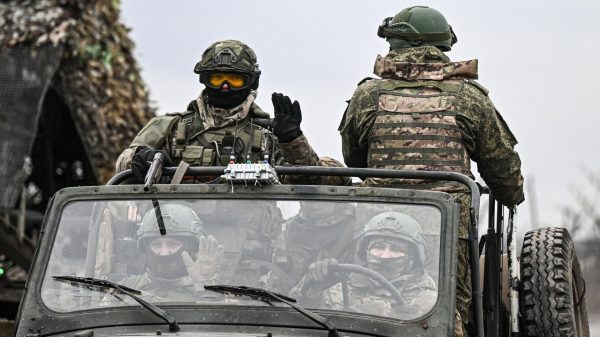
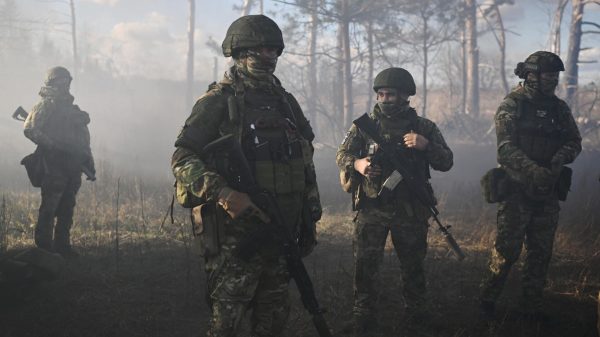






















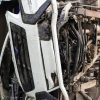


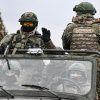
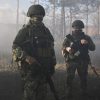

















Свежие комментарии